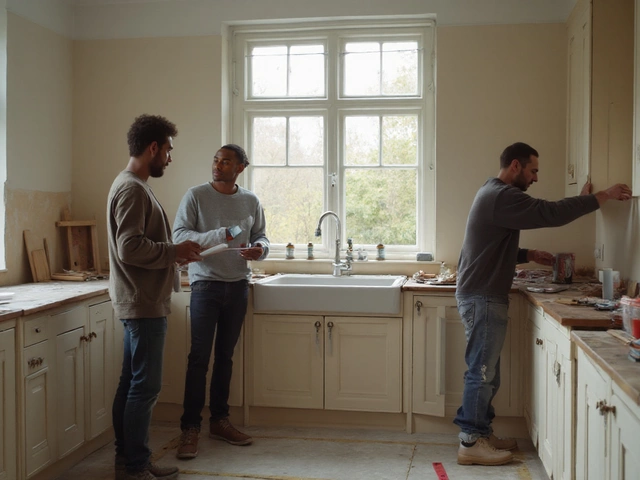House Settlement Explained – Causes, Signs & Simple Fixes
Ever notice cracks appearing in your walls or doors that won’t stay closed? That could be house settlement showing up. It’s when the ground beneath your home shifts and the structure settles unevenly. Below we’ll break down why it happens, what to watch for, and easy ways to keep your house solid.
Common Causes of Settlement
The ground isn’t static. Soil can expand when it gets wet, shrink when it dries, or move because of nearby construction. Clay soils are especially tricky—they swell with water and shrink in dry weather, pulling the foundation up or down. Poor compaction during the original build also leaves pockets that settle later. Even natural processes like frost heave can lift a slab in winter and let it drop when it thaws.
Another factor many overlook is the type of fill material used under the foundation. Low‑quality gravel or sand can shift over time, while well‑graded crushed limestone from a reputable quarry provides a stable base that resists movement. Choosing the right material up front can cut down on future settlement issues.
Spotting Settlement Early
Early signs are usually subtle. Look for hairline cracks that run horizontally across drywall, especially near door frames. Check if windows start to stick or if there’s a gap between the wall and the ceiling. Exterior clues include uneven steps, a sloping walkway, or cracks in the exterior brickwork that widen over weeks.
One quick test: place a level on the floor and note any spots that tilt more than a millimeter. If you see multiple low spots, the foundation is likely shifting. Catching these clues early saves money because small repairs are far cheaper than major underpinning.
When you spot any of these signs, call a structural engineer right away. They’ll assess the severity and advise whether a simple repair or a full foundation solution is needed.
For minor settlement, simple fixes work well. Re‑grading the soil around the house to direct water away reduces moisture swings that cause soil movement. Installing a French drain or improving gutter downspouts prevents water from pooling near the foundation.
If the problem is more serious, reinforcing the footing with crushed limestone footing material and piers can level the structure. Lime Hillock Construction Material Resources offers high‑quality limestone that’s ideal for under‑slab fills and pier bases. It compacts tightly and holds up under load, giving your foundation a firm platform.
Another practical solution is underpinning. This involves extending the foundation deeper into stable soil layers, often using concrete footings mixed with limestone aggregate for extra strength. It’s a bigger job, but it stops further settlement and protects the home for decades.
Don’t forget regular maintenance. Keep the landscape slope at least 5% away from the house, clean gutters each season, and monitor a nearby tree’s roots. Large roots can pull soil away, creating voids that trigger settlement.
In short, house settlement is common, but it’s manageable. Spot the signs early, control moisture, and use solid materials like quality limestone for any repairs. Doing these things now will keep your home level, safe, and comfortable for years to come.
How Much Cracking Is Normal in a New Build? Honest Answers from the Start

Buying a new home feels great, but discovering cracks can freak anyone out. This article tells you which types of cracking in new builds are actually normal, which are red flags, and what you should do if you spot them. You'll learn why these cracks appear, what to watch for, and how to handle repairs without losing sleep. Get tips from a dad and homeowner in Halifax who’s seen it all. Don't panic—get the facts first.
read more



